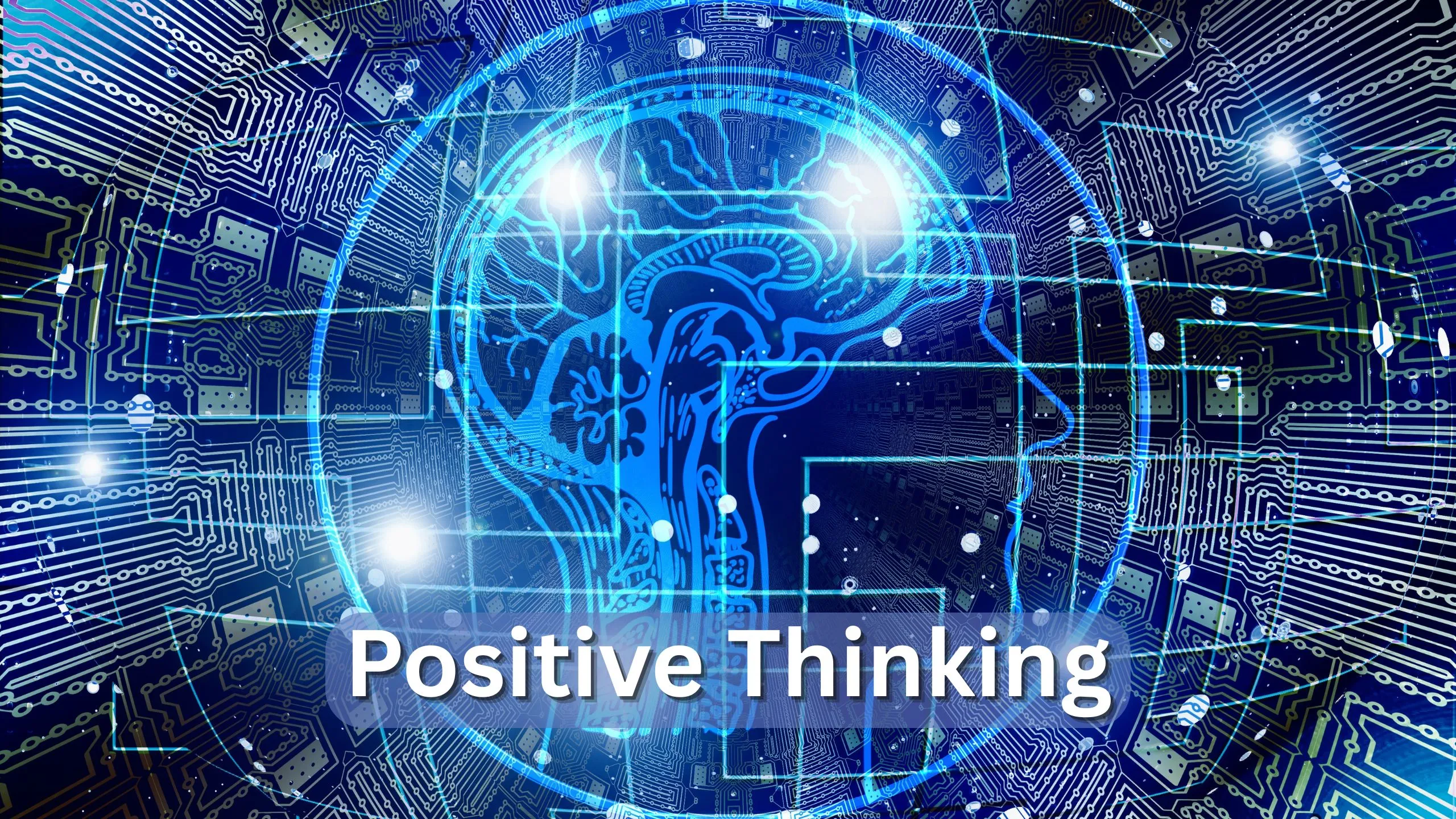“In the middle of chaos lies opportunity.” – Albert Einstein.
Introduction
Life today is a whirlwind of obligations, responsibilities, and unexpected challenges. With so many demands on time and energy, stress-relief techniques have become essential tools for mental clarity and emotional well-being. According to the American Psychological Association, over 75% of Americans experience physical symptoms due to stress.
But imagine if we could navigate life’s chaos with peace and resilience. This guide explores six proven stress-relief techniques that promote mental clarity, help us find calm in chaos, and set us on a path to lasting peace. Let’s dive in and uncover methods to truly recharge and rejuvenate.
Read also: Toxic Stress – 5 Signs & Ways to Fight It
6 Effective Stress-Relief Techniques
1. Breathing Exercises for Instant Calm
Why Breathing Exercises Work?
Breathing exercises are foundational stress-relief techniques worldwide to calm the mind and body. Studies show that deep breathing reduces cortisol levels and can improve focus and clarity. They are easy to perform, accessible anywhere, and ideal for finding calm in chaos.
How to Practice Breathing Techniques?
- 4-7-8 Technique: Inhale for four seconds, hold for seven, exhale for eight. This method instantly soothes the nervous system.
- Box Breathing: Inhale, hold, exhale, and pause, each for four seconds. This promotes mental clarity and calm.
Key Takeaway: Breathing exercises are quick and effective tools for immediate stress relief, helping us regain focus.
2. Meditation for Mindfulness
The Power of Meditation
Meditation is one of the most powerful stress relief techniques available. It offers deep relaxation and mental clarity. Meditation helps us release mental clutter, improve focus, and develop mindfulness when practiced consistently.

Steps to Start Meditating
- Choose a Quiet Spot: Begin in a distraction-free environment.
- Focus on Breath: Gently breathe in and out, letting go of distracting thoughts.
- Start Small: Just 5-10 minutes daily can offer significant benefits.
Key Takeaway: Meditation builds a foundation of mindfulness, enabling us to handle life’s stressors calmly and clearly.
Read also: 5 Powerful Reasons Why Loving-Kindness Meditation Is Life-Changing
3. Physical Exercise to Release Tension
Why Exercise is a Natural Stress Reliever?
Physical activity is a proven way to manage stress and boost our mood. Exercise releases endorphins—our body’s natural stress-fighting hormones—enhancing emotional well-being and making it a powerful stress-relief technique.
Ideal Exercises for Stress Relief
- Walking or Jogging: A 30-minute brisk walk boosts endorphins, promoting mental clarity and positivity.
- Yoga: Incorporates breathing and relaxation techniques, which are beneficial for finding calm and flexibility.
Key Takeaway: Regular exercise relieves stress and strengthens our overall mental resilience.
4. Journaling for Emotional Clarity
How Journaling Eases Stress?
Journaling provides a safe space to express emotions and understand our stressors. As one of the most accessible stress-relief techniques, it allows us to release negative thoughts, reflect, and create solutions.
Journaling Techniques
- Gratitude Journaling: Write down three things you’re grateful for each day.
- Reflection Writing: Reflect on a stressful situation, noting your feelings and potential solutions.
Key Takeaway: Journaling builds emotional clarity, allowing us to manage stress and prioritize self-care.
5. Nature Walks for Mental Clarity
The Benefits of Nature for Stress Relief
Time spent in nature has been scientifically proven to reduce stress, lower blood pressure, and increase happiness. Being in natural environments helps us recharge, making nature walks one of the most restorative stress-relief techniques.

How to Make the Most of Nature Walks?
- Choose Scenic Routes: Find a local park, trail, or garden.
- Mindful Walking: Focus on sounds, sights, and smells to be fully present.
Key Takeaway: Nature walks are powerful for finding calm and nurturing a deep sense of peace.
Read also: 7 Undeniable Benefits of Walking Meditation for Inner Peace
6. Progressive Muscle Relaxation (PMR) for Deep Relaxation
Understanding Progressive Muscle Relaxation
Progressive Muscle Relaxation (PMR) reduces physical tension by focusing on each muscle group. As a comprehensive stress-relief technique, PMR brings attention to the present moment and helps release stored tension.
Practicing PMR
- Start at the Feet: Tense and release each muscle group, moving up to the head.
- Focus on the Release: Consciously relax each area, noticing the difference between tension and calm.
Key Takeaway: PMR is ideal for reducing stress and creating an immediate sense of relaxation.
Conclusion
Incorporating these stress-relief techniques is not just about managing stress—it’s about building a life filled with peace and mental clarity. Each strategy offers a pathway to finding calm in chaos, helping us tackle everyday challenges with renewed strength. Imagine starting each day with a sense of control, knowing you have the tools to handle whatever comes your way.
Let’s integrate these methods into our lives, nurturing peace, joy, balance, and a healthier mind. Lasting peace is within reach, and these stress-relief techniques can guide us there.
FAQs
1. What are some quick stress-relief techniques for busy schedules?
Breathing exercises and PMR are quick stress-relief techniques that can be practiced anytime to reduce stress instantly.
2. How does journaling help in finding calm?
Journaling allows us to express emotions, clear mental clutter, and focus on gratitude, making it effective for finding calm.
3. Is meditation suitable for beginners?
Yes, meditation is highly accessible, even for beginners. Starting with short sessions can help develop consistency and reduce stress.
4. How can nature walk contribute to mental clarity?
Nature walks allow us to disconnect from daily stressors and connect with the environment, promoting mental clarity and calm.
5. Can physical exercise be used as a stress-relief technique?
Absolutely. Physical exercise, like walking and yoga, releases endorphins, which help reduce stress and improve mood.
6. Why is PMR recommended for stress relief?
PMR relaxes each muscle group, releasing stored tension and providing a deep sense of relaxation.
7. How often should I practice these stress-relief techniques?
Consistency is key. Daily or a few times a week can yield significant stress reduction and mental clarity results.







2 thoughts on “6 Effective Stress-Relief Techniques for Lasting Peace”